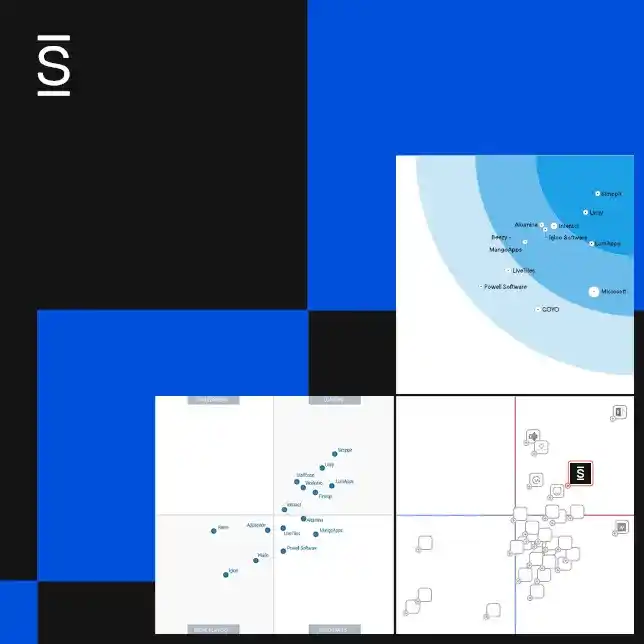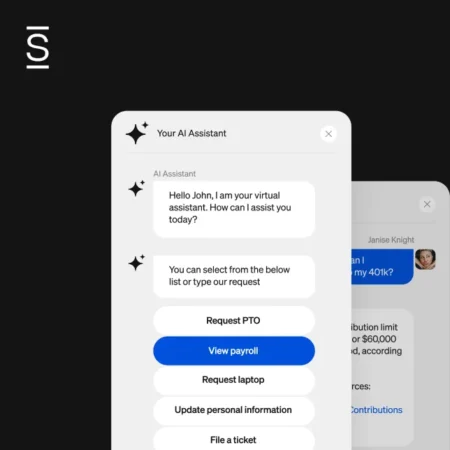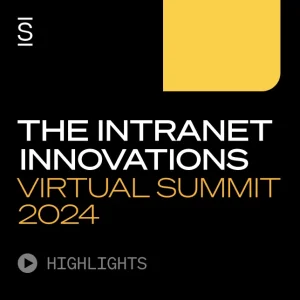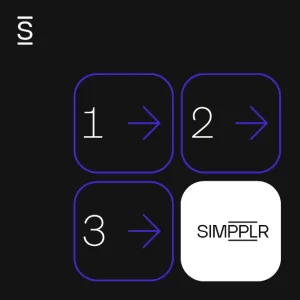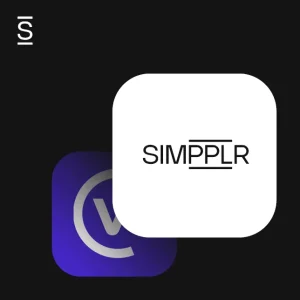The pandemic has required organizations to create new policies, deliver more information, and increase communication by the day. What’s missing is good ways to deploy all of this to the workforce. Instead, they often have disjointed tools, applications and processes. This can make it incredibly difficult for workers to get the most current, up-to-date information they need to do their jobs and live their lives. It also makes it difficult for the workforce to trust the information and the organization if they are confused about what is current and correct.
Almost overnight, organizations were thrust into developing and supporting a digital workplace. In an ideal state, organizations wouldn’t need to worry about how information will be delivered to the workforce, and workers would have an easy way to find what exactly they need. An AI-driven employee conversational experience platform like Simpplr’s Virtual Assistant is the perfect vehicle for this.
Let’s face it, many organizations have not done a good job of communicating with their workforce. And today more than ever before, workers are depending on accurate information and expect their employers to deliver. If they do not, trust will be lost.
Most organizations use email as a way to communicate with the workforce, but many workers are so deluged with email they often do not read everything. Made worse in some organizations where not all workers have email accounts. Most larger organizations also have a portal or an intranet (or more likely multiple ones), but when you search for information, there are too many results, many with links to out-of-date information.
Many organizations have implemented or are now implementing team collaboration tools like Slack, Microsoft Teams or Facebook at Work, which are great for reducing email and improving collaboration. But those, too, are another place people have to go to get information or find content.
What organizations need is a solution that creates a natural, personalized and frictionless employee experience in a digital workplace for workers to:
- Stay informed
- Get answers to questions
- Gain insights
- Take action when needed
Learn more about digital transformation
Stay informed
As we have seen during the pandemic, it can be truly vital for organizations to ensure information is delivered and understood by everyone in the workforce. This is more of a “push” function from the organization to the worker. It can be useful to deliver information in multiple channels, but to make sure information and messages are understood, it’s vital there is reinforcement in context of all interactions. The Virtual Assistant can not only be used to communicate specific messages, they can also be used to amplify and clarify understanding.
Get answers to questions
Workers often have questions related to their work life and personal life (like benefits and other programs) for which they need answers. The Virtual Assistant can be a great way to ask questions and get answers in a natural way. However, it is critically important that the answers provided are the correct ones using the most up-to-date information. Also, making the worker choose from multiple, potentially correct answers is not a recipe for building trust.
Providing the right answer, which is blessed by the organization, is the key to success.
Keep in mind, there are limits to the questions that the Virtual Assistant can answer. Organizations should provide ways for people to get answers easily when it is not possible from the VA.
Gain insights
There are also questions workers don’t even know they need to ask — but, when presented with information and answers, these questions can make their work and personal lives better. This information could come in the form of notifications, alerts, reminders or nudges. The Virtual Assistant can deliver these insights “in the flow of work” in Slack, Teams, etc.
Take action
It’s great to get questions answered and to get insights, but it is even better to be able to take action, and do it right away. The Virtual Assistant can be an ideal way for a manager or executive to confirm an action suggested from an insight OR to make it easy for an employee to perform a task that they do infrequently based on an answer to a question.
Wrapping up
There is an incredible opportunity to improve employee experience without ripping and replacing your existing applications by deploying Simpplr’s Virtual Assistant. And deploying does not mean just implementing the technology. It means being thoughtful about the personas that will be using the solution and the journeys that need to be supported.
It also requires rethinking and possibly streamlining processes. A successful deployment of the digital workplace also needs an organization’s content and data to be in order (up-to-date and properly maintained). It is important that processes and resources are put in place to maintain that content and deliver the right answer to questions – not a bunch of potential answers, some of which may be wrong or outdated.
Finally, it requires proper communication and expectation-setting with the workforce. Like any tool, Virtual Assistant can be useful, but improperly used, it can cause frustration — the opposite of a great employee experience.
Explore best practices for intranet governance
How Simpplr can help
By unifying employee engagement, enablement and services using cutting-edge AI, Simpplr’s vision is to deliver a seamless and personalized work journey for every employee, no matter where or how they work. Request a demo to see how Simpplr’s Virtual Assistant can help you revolutionize employee self-service with AI-powered workflows and assistance.








